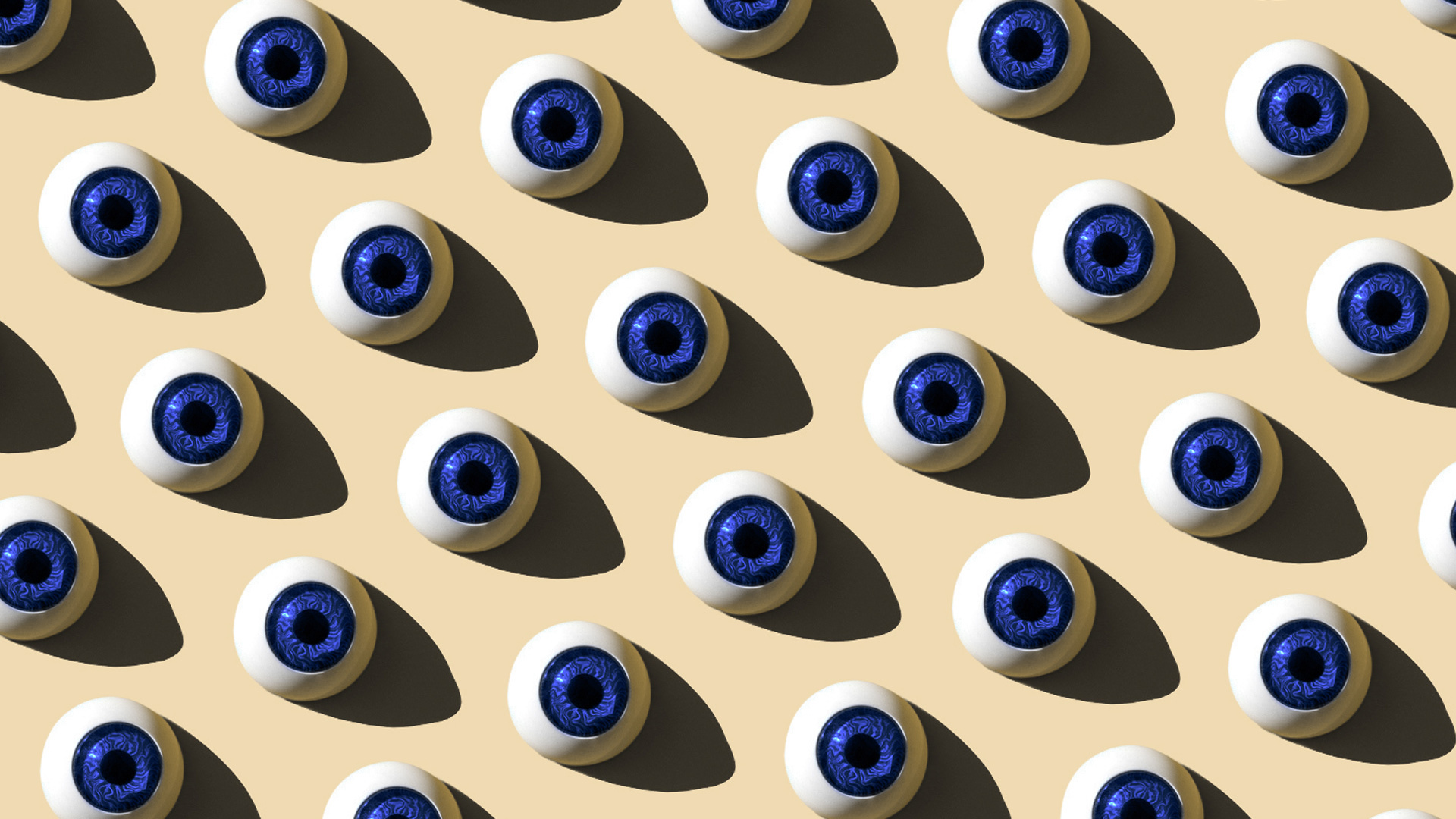

Key Takeaways
- LinkedIn is an important professional network for designers to showcase their work and make connections since 87% of recruiters use LinkedIn to find or vet candidates.
- Don't forget the basics – a high-quality professional headshot, updated status information, and accurate contact information.
- Make sure your profile is optimized for recruiters searching for talent like you. That means using a strong headline with keywords, updating your skills and work experience, linking to your resume and portfolio, including abbreviated job descriptions (vs. just titles), and calling out your career highlights.
- For job descriptions, only list three to five relevant bullet points per position, and include any skills that fall outside of design.
It's a modern designer's conundrum: trying to squeeze their creativity into a “business” site like LinkedIn, the world's largest professional network. Where's the font choice? The white space? But the numbers don't lie: plenty of designers—not to mention both hiring managers and recruiters—are using LinkedIn to make connections and hire for work with a designer LinkedIn profile. It's a fact, 87% of recruiters use LinkedIn to find or vet candidates. That's more than all other social media platforms combined!
If you're a freelance designer or a designer looking for your next permanent job and you haven't hopped aboard the bandwagon, you could be missing out.
That's why we asked three of our top Recruiters/Agents, Beverly Ross, Quinn Sidon, and George Strippoli to give you tips on making a LinkedIn profile that can get you more freelance work or a great permanent job.
Collectively they look at hundreds of profiles a week, so there's no better resource for you (and us) to turn to if you want to know how to build one that captures a hiring manager's attention.
Here's what you'll need to make that happen:
- Appropriate Photo or Image
- Current Status and Contact Information
- Strong Headline with Keywords
- Updated and Relevant Experience
- Linked Resume and Portfolio
- Abbreviated Job Descriptions
- List of Your Skills
- Career Highlights
Read on for hot tips on optimizing your LinkedIn profile to show potential employers how stellar your work really is!
1. Appropriate photo or image
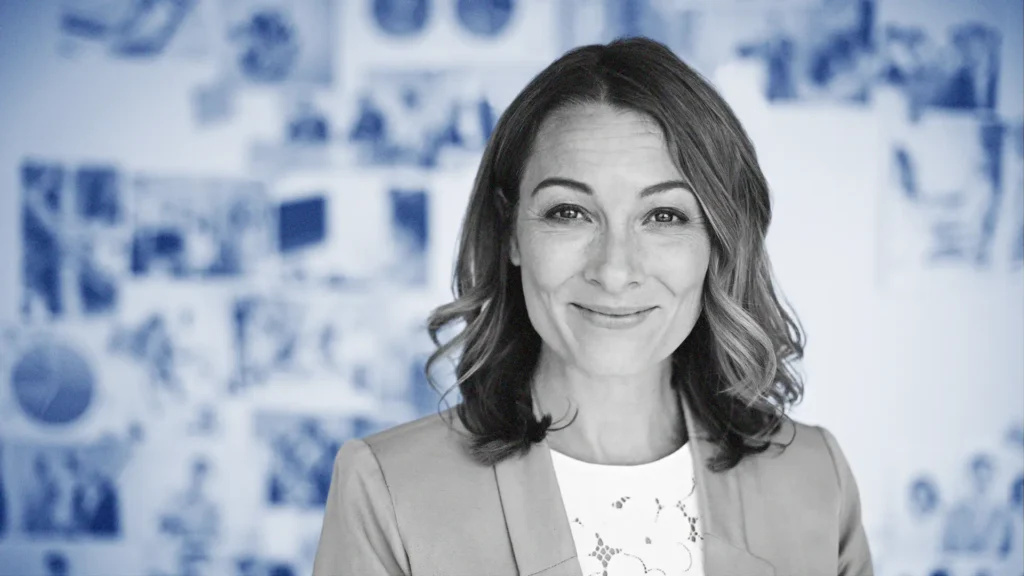
Where should you being optimizing your LinkedIn profile? The first place to look – your photo and background image.
You can either choose an image of yourself, your logo, or a piece you think really makes you stand out. Use an image that shows some personality, but please keep it professional. Don't choose something that would shock or distract a potential client. (As designers, we're pretty sure you can make that distinction!)
Bonus tip: Connect with a photographer to take a professional headshot for your LinkedIn profile. Also, do not forget the background photo. A professional background photo on your profile page can signal to potential employers and recruiters the type of creative professional you are in the workplace. In addition, it can signal to potential employers how you may fit into the company culture.
Now that you've squared away the photo, what's next?
2. Current status and contact information
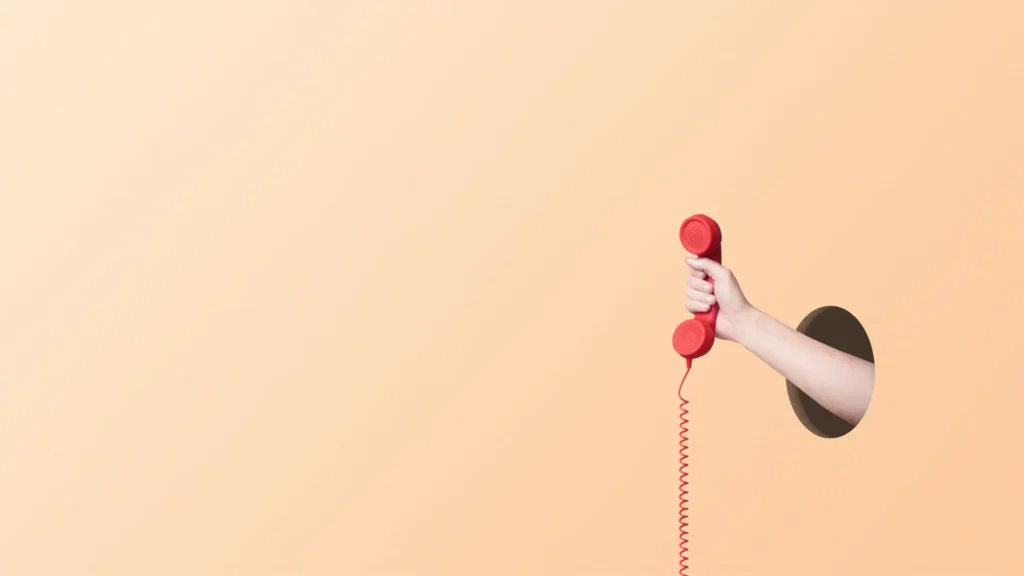
If you're looking for work, you need to let people know via your LinkedIn account, not guess.
You can easily indicate this now on LinkedIn, and it makes it super clear that to anyone scrolling that you're on the market.
LinkedIn has its own email platform, called InMail, that allows recruiters, hiring managers, creative professionals, and head hunters to contact you, via connection requests, on LinkedIn without an introduction, but Beverly Ross pointed out that the system isn't foolproof.
She told us messages might get lost, especially if candidates have them directed to an email address they may not use often or if they are unfamiliar with how InMail works.
For that reason, she advises putting your contact information front and center on your profile. This way, someone can easily contact you when they want to talk to you about a job.
Put your contact information front and center on your profile.
Beverly Ross Creative Recruiter
3. Strong headline with keywords

What's the best Linkedin headline for graphic designer?
The best Linkedin headline for a graphic designer is clear and concise. Whether you are a fine artist, graphic designer, composer, or video editor, stating your profession upfront can catch the attention of potential clients or employers. If you possess a diverse skill set, consider combining two or three key skills to showcase your versatility, such as “Graphic Designer | Digital Marketing | Social Media Marketing”
What's the best LinkedIn headline for a UI/UX designer?
The best Linkedin headline for a UI/UX designer is clear and concise as well. Whether you are in interaction design, visual design, or information architecture, for example, stating your profession upfront can catch the attention of potential clients or employers. If you possess a diverse skill set, consider combining two or three key skills to showcase your versatility, such as “UX Designer | Visual Designer | Product Design Manager”
The headline is also called “the most overlooked LinkedIn profile section.” Don't make that mistake. Be sure to develop a keyword strategy and get yourself some serious SEO action.
Quinn Sidon told us that while you should use your title “Graphic Designer,” “Brand Designer,” “Art Director,” “UX Designer,” etc., if you used more of your skills in that position (illustration, video editing, web design, data analyst, social media marketing, digital marketing), you may want to mention those in the write up for each.
For good keyword action, consider using synonyms (think ‘digital,' and ‘online'), to help reach a wider audience.
4. Updated and relevant experience
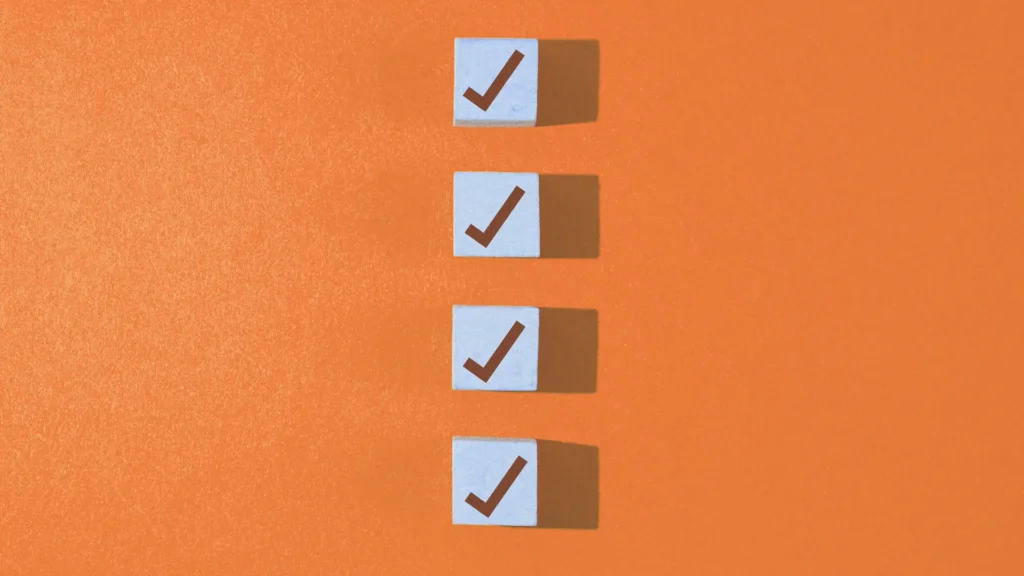
When you're updating your resume and portfolio, don't neglect your LinkedIn profile.
George Strippoli said that a LinkedIn profile says a lot about a person, “If you're going to use it as a job tool, it has to be intentional, which means up to date. If you left a job six months ago, make sure people don't think you still work there.” That doesn't help hiring managers understand what's going on in your career and could be considered misleading.
Make sure to account for any job title changes at your active company.
Receive a promotion? Change creative job titles internally?
New skills and job titles can signal to hiring managers that you have professional drive and professional ambition. Hiring managers and may value this information when making their decisions to hire new employees.
Bonus tip: Don't forget to take a second to update your LinkedIn newsfeed.
Step one: Update your relevant experience, post a good photo, and add your marketing skills.
Step two: Take a minute to post interesting design ideas, or take a minute to comment on other LinkedIn conversations. Actively writing about business and design topics can show potential employers that you care about your craft as well as the potential job.
5. Linked resume and portfolio
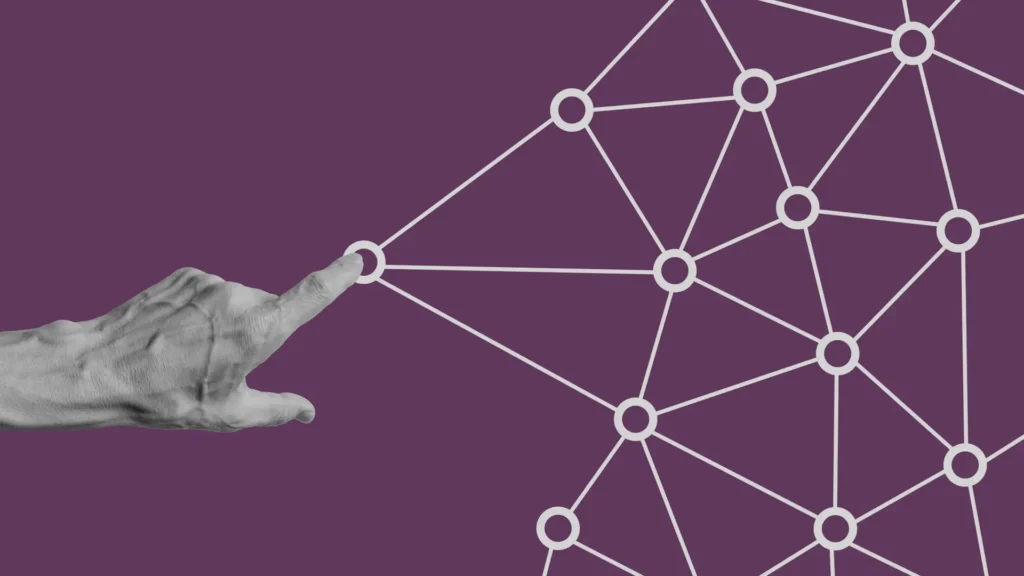
You should also absolutely upload your resume and connect your online portfolio to your profile. George told us, “Your LinkedIn profile is just a teaser for hiring managers, recruiters and creative professionals. You want them to go check out your resume and your portfolio, where you can really demonstrate your strengths.”
6. Abbreviated job descriptions

Your LinkedIn profile is just a teaser for hiring managers and recruiters.
George Strippoli Sr. Recruiter/Talent Agent
Here's where LinkedIn may differ from your resume. Quinn cautioned, “For job descriptions, you should only list three to five relevant bullet points per position. That's what people want to see, along with your deliverables like emails, PowerPoint templates, etc.” He added, “You want to make sure you're specific about your capabilities as well. If you're a UI Designer, you'll want to help guide people to the type of products you work on.”
Beverly added, “When it comes to managing teams, if it's on your resume, it should be on LinkedIn.” It's sometimes hard to discern whether someone is a Creative Director in a one-person team or in a large department.
For job descriptions, only list three to five relevant bullet points per position.
Quinn Sidon Recruiting Agent
7. List of your skills

If you couldn't cover deliverables in your job description summary, here's the place to make that be seen. The platform boasts a ton of options for you, from HTML email and logo design to UX Design and User Research. If you don't see the option listed, then be sure to include it in your active job description.
Highlight any skills that fall outside of design too. Related skills like writing, marketing, managing, etc are perfect for this featured section. Most companies and clients are searching for well-rounded designers who can adapt to different business situations.
This is also your opportunity to hit the SEO keyword lotto—you need to take advantage of it. Focus on valuable industry terms that LinkedIn recruiters may focus on such as graphic design, logo design, etc.
8. Career highlights

Quinn suggested adding your successes and highlights.
Many designers aren't big on metrics, but if you have them, you'll want to flaunt them. As well as a featured section, LinkedIn also has an accomplishments section, so be sure to use it for your ADDY, Webby, One Show, or any other award on your shelf! Provide a summary of a few examples of how you helped your company.
While LinkedIn does allow you to upload samples, and many blogs still indicate that you should on the platform, all three agreed these resources are not the best use of your time and energy.
Beverly also cautioned, “Samples can be distracting to someone looking at your profile. Plus, they can get outdated quickly.” She said the better choice is to make sure your portfolio is kept up to date with your latest work displayed. (Which you do anyway, right?)
9. In summary

There you have it! Now get out there and make your LinkedIn profile work for you!
If you need more help getting that next gig, do be sure to check out our Jobs For Creatives Blog for helpful information and tips and tricks to help you in your search.
Related
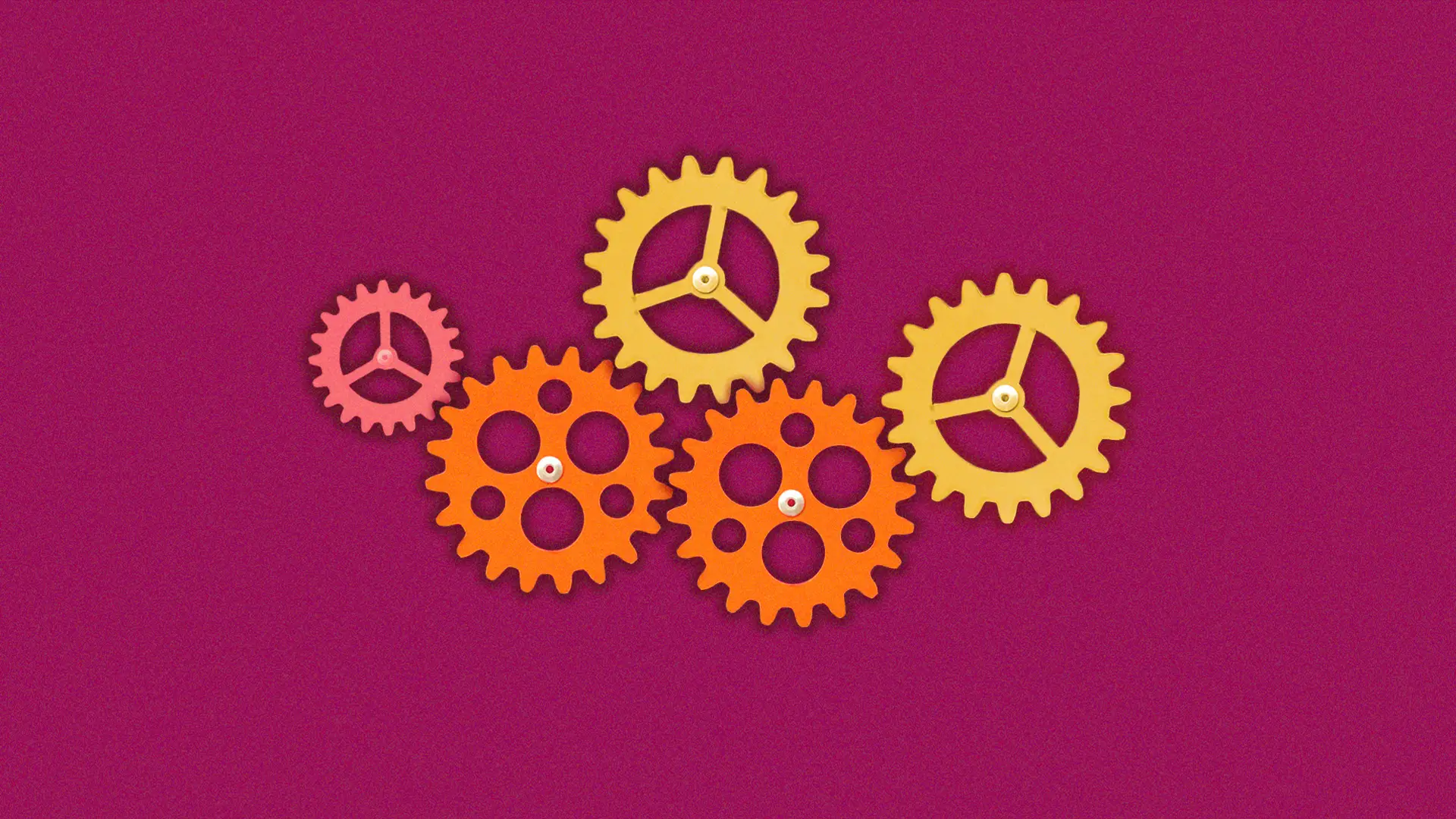
Great brand collaborations are the best to strengthen identity.
Design & Experience, Insights & Trends, Marketing & Creative, Beauty and Fashion

Consumer demand and policy are driving EV market growth.
Development & Technology, Insights & Trends, Automotive

Are you missing opportunities to improve health screenings?
Design & Experience, Marketing & Creative, Health
